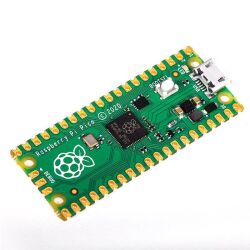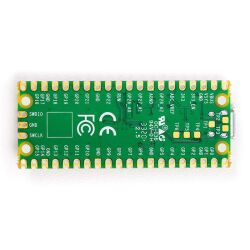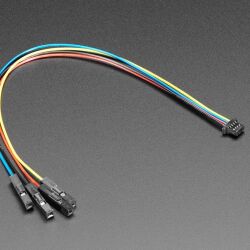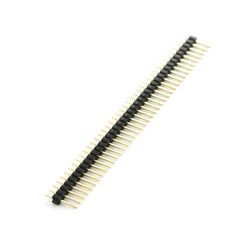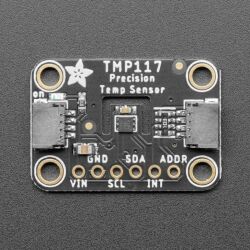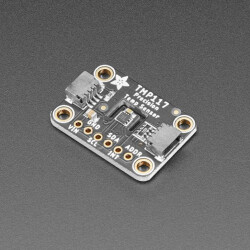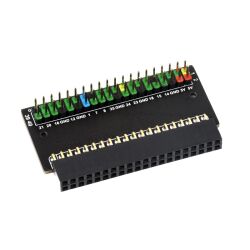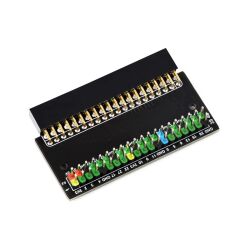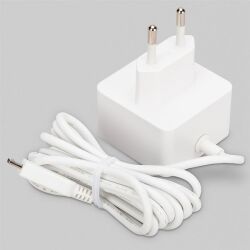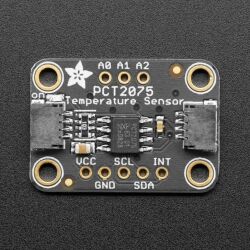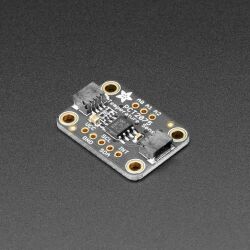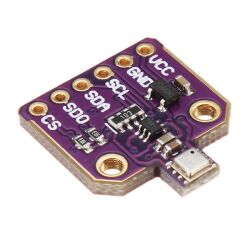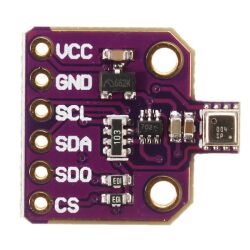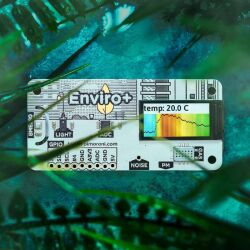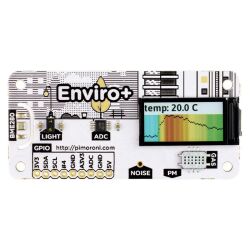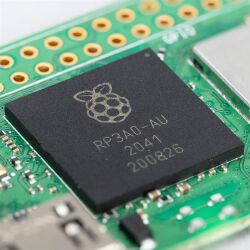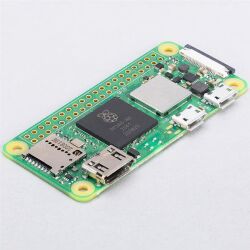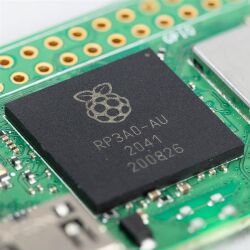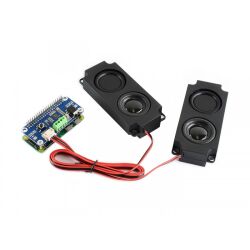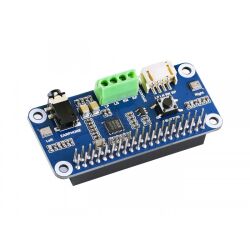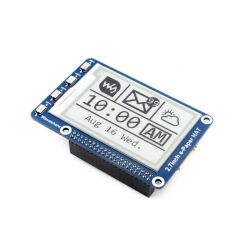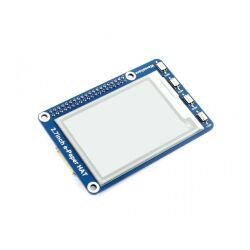Beschreibung
Take a deep breath in...now slowly breathe out. Mmm isn't it wonderful? All that air around us, which we bring into our lungs, extracts oxygen from and then breathes out carbon dioxide. CO2 is essential for life on this planet we call Earth - we and plants take turns using and emitting CO2 in an elegant symbiosis. But it's important to keep that CO2 balanced - you don't want too much around, not good for humans and not good for our planet.
The SCD-30 is an NDIR sensor, which is a 'true' CO2 sensor that will tell you the CO2 PPM (parts-per-million) composition of ambient air. Unlike the SGP30, this sensor isn't approximating it from VOC gas concentration - it really is measuring the CO2 concentration! That means it's a lot bigger and more expensive, but it is the real thing. Perfect for environmental sensing, scientific experiments, air quality and ventilation studies, and more.
Data is read over I2C, so it works very nicely with just about any microcontroller or microcomputer. We've written both Arduino and Python/CircuitPython code so you can get started in a jiffy. Another nice element to this sensor is it comes with an SHT31 temperature and humidity sensor already built-in. The sensor is used to compensate the NDIR CO2 sensor, but it's also readable, so you get full environmental data.
SCD-30 Specifications:
- NDIR CO2 sensor technology
- Integrated temperature and humidity sensor
- Dual-channel detection for superior stability
- Measurement range: 400 ppm – 10.000 ppm
- Accuracy: ±(30 ppm + 3%)
- Current consumption: 19 mA @ 1 meas. per 2 s.
- Fully calibrated and linearized
- I2C digital interface address 0x61
Nice sensor, right? So we made it easy for you to get right into your next project. The sensor is hand-soldered onto a custom-made PCB in the STEMMA QT form factor, making them easy to interface with. The STEMMA QT connectors on either side are compatible with the SparkFun Qwiic I2C connectors. This allows you to make solderless connections between your development board and the SCD-30 or to chain it with a wide range of other sensors and accessories using a compatible cable.
We’ve, of course, broken out all the pins to standard headers and added a 3.3V voltage regulator and level shifting so allow you to use it with either 3.3V or 5V systems such as the Raspberry Pi or Metro M4, or Arduino Uno.
For libraries, example code, wiring diagrams, datasheets, and more, check out the learn guide!

